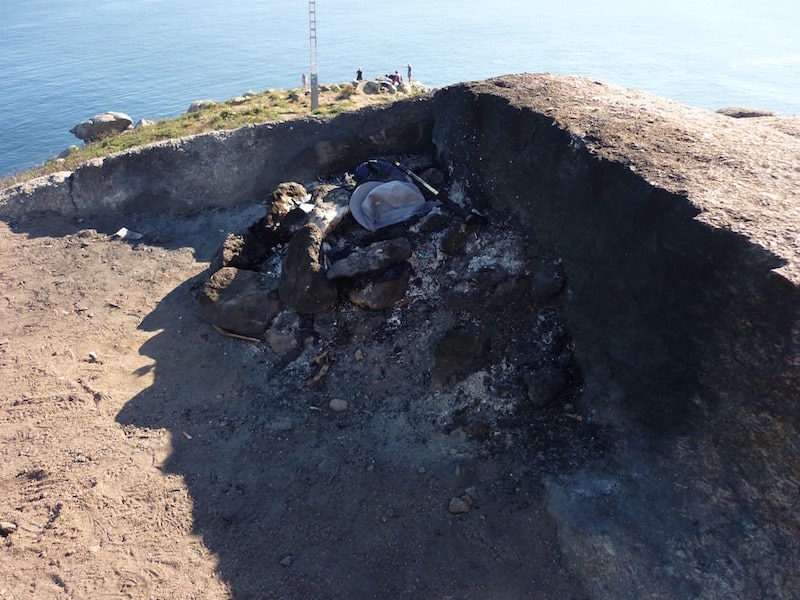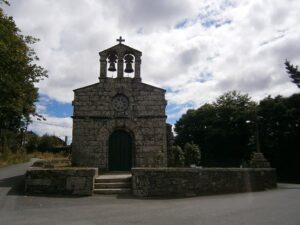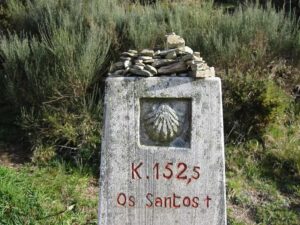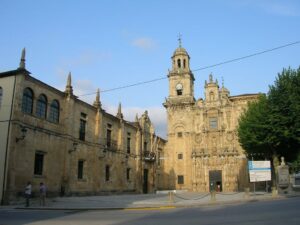Índice de contenidos
Pilgrim Certificates: The Compostela, Fisterrana, and Muxiana
For the curious and passionate about the Camino de Santiago, we wanted to bring you the differences between the following pilgrim certificates of the Camino de Santiago: The Compostela, The Muxiana, and the Fisterrana. The latter two are quite unknown compared to the traditional Compostela.
“The Compostela”
The Compostela is the document that has been issued for centuries to the pilgrim who has completed the Camino de Santiago, for religious or faith-based reasons. Today, you must have completed the Camino de Santiago from Sarria or the last 200 km if you have done the Camino de Santiago by bike. It is issued at the Pilgrim’s Office, located at Rua das Carretas, 33, next to the Cathedral, upon presentation of the Pilgrim’s Credential.
At each stage, it must be stamped in the various designated boxes, at least twice a day (minimum at the beginning and end of each stage). The stamps can be obtained from the many establishments along the route: churches, shops, restaurants, town halls, hotels, etc.
We invite you to read our article on how The Pilgrim’s Arrival in Santiago de Compostela.

We head towards the Camino de Santiago to Finisterre and Muxía, what was once the “End of the Known World”; where we will receive our own pilgrim certificates: “The Fisterrana” and “The Muxiana”.
“The Fisterrana”
Its origin dates back to 1997, when the Fisterra Town Hall created a certificate for pilgrims who made the Camino to Finisterre starting from Santiago de Compostela, approaching the end of the world.
“The Muxiana”
For those who travel to this other town on the Costa da Morte. According to legend, the Virgin arrived here in a boat to encourage Santiago while he preached in Hispania. In this town, we find the Sanctuary of Santa María la Barca.
Who issues these three Pilgrim Certificates?
The Compostela is issued by the Cathedral Chapter, unlike the Fisterrana, which is issued by the Pilgrim’s Hostel, and the Muxiana, which is certified by the Tourist Office. The exception to this rule is walking from Finisterre to Santiago “in reverse”, in which case, if you walk at least 100 km (passing through Fisterra and Muxía), you may be eligible for the Compostela.

Tradition of the Camino de Santiago to Finisterre
Three rites of purification, death, and resurrection were performed.
BATHING
Purification of the body. It is done at Langosteira Beach, two kilometres before entering the town. The pilgrim would remove the dust of their entire journey and, feeling cleansed, would begin their countdown to reach the end of the Camino, which was a difficult yet important milestone for every pilgrim.
BURNING CLOTHES
Through this ritual, the pilgrim gets rid of all material possessions and, with the fire, attempts to burn everything they want to leave behind, symbolising the start of a new life.
WATCHING THE SUNSET
Death and Resurrection: the death of the sun in the sea and its resurrection the next day, just like the resurrection of the pilgrim in their daily walk.
Finisterre was once “the end of the world and the known land”, a distant corner that everyone longed to reach to witness the sunset and lose themselves in the vastness of the ocean.
If you do not walk the Camino de Santiago from Santiago de Compostela, you can use Santiago de Compostela as your base and join a one-day organised excursion to Finisterre, Muxía, and Costa da Morte. A real treat for the senses.









